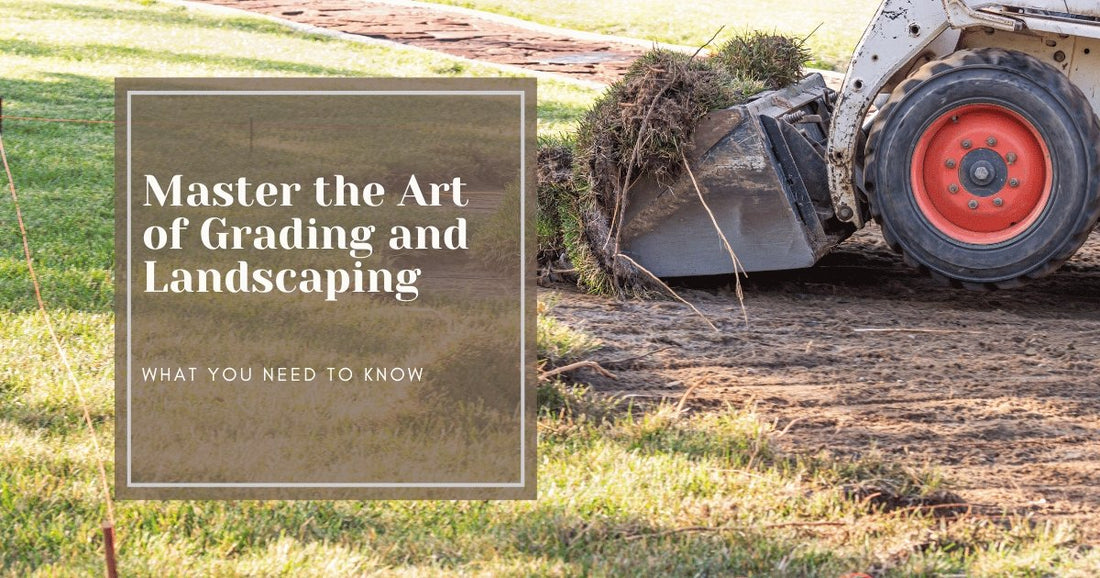Ah, the great outdoors! There's nothing quite like the satisfaction of transforming your yard into a picturesque oasis. To get the job done right, though, it's essential to have the right tools. Enter the laser level—a game-changer for grading and landscaping projects. In this guide, we'll take you through the ins and outs of using a laser level like a pro. Buckle up and let's get started!
Laser Levels: Choosing the Right One for You
Before you dive into your project, it's crucial to pick the right laser level for your needs. Here's a quick rundown of the options:
Rotary Laser Levels
These bad boys emit a 360-degree laser beam, making them perfect for large-scale outdoor projects. They're the bee's knees for grading and landscaping work.
Line Laser Levels
Ideal for indoor use, line laser levels project horizontal and/or vertical lines. They're great for aligning walls or leveling cabinets, but they're not the best choice for outdoor projects.
Point Laser Levels
These laser levels project a single dot onto a surface, making them perfect for tasks like plumbing or aligning fixtures. They're not designed for grading or landscaping, though.
Setting Up Your Laser Level: A Step-by-Step Guide
Now that you've chosen the right laser level, it's time to set it up. Follow these steps, and you'll be on your way to grading and landscaping glory:
-
Find a stable surface: Locate a flat, stable surface to place your laser level. The ground or a sturdy tripod will do the trick.
-
Set up the laser level: Attach the laser level to the tripod or place it on the ground. Ensure it's secure and won't budge during operation.
-
Turn on the laser level: Power up your laser level and let it self-level (if it has that feature). Otherwise, manually level it using the built-in bubble vials.
-
Adjust the grade: If you're working on a sloped surface, adjust the laser level's grade setting to match the desired slope.
-
Set up the laser detector: Attach the laser detector to a leveling rod or grade stick, and turn it on.
-
Align the detector with the laser beam: Move the detector up or down the rod until it picks up the laser beam. Once it does, you'll hear a beep or see a visual indicator.
-
Lock it in place: Once you've found the laser beam, lock the detector in position on the leveling rod.
Taking Measurements Like a Pro
With your laser level set up, you're ready to take measurements. Here's how:
-
Mark the reference point: Choose a reference point for your project, such as a corner or edge of the area you're working on. Mark this point on the ground or on a stake.
-
Place the leveling rod on the reference point: Put the leveling rod with the attached laser detector at your reference point, ensuring it's touching the ground or stake.
-
Record the measurement: Read the measurement on the leveling rod where the laser beam intersects it. Jot down this number as your reference measurement.
-
Take additional measurements: Move the leveling rod to other points in your project area, following the same process. Compare these measurements to your reference measurement.
-
Adjust the ground or materials as needed: Based on your measurements, you'll need to add or remove soil, gravel, or other materials to create the desired grade or level surface. Keep checking with the laser level and leveling rod to ensure accuracy as you make adjustments.
Tips and Tricks for Laser Level Success
Here are some handy tips to help you make the most of your laser level:
-
Protect your eyes: Never look directly into the laser beam, as it can cause eye damage. Always wear protective eyewear when using a laser level.
-
Use a laser-enhancing glasses or a target card: These can help you see the laser beam more easily, especially in bright outdoor conditions.
-
Take your time: Patience is a virtue when it comes to grading and landscaping projects. Double-check your measurements and adjustments to avoid costly mistakes.
-
Maintain your equipment: Keep your laser level clean and in good working order. Regularly check and replace batteries to ensure optimal performance.
FAQs
Q: Can I use a laser level on a windy day?
A: While it's possible to use a laser level on a windy day, the wind may cause the laser beam to be unstable, resulting in inaccurate measurements. If you must work in windy conditions, try shielding the laser level from the wind or waiting for a calmer day.
Q: How do I choose the right laser level for my project?
A: Consider your project's scope and requirements. For outdoor grading and landscaping projects, a rotary laser level is your best bet. For indoor tasks like aligning walls or leveling cabinets, opt for a line laser level. For plumbing or aligning fixtures, a point laser level is the way to go.
Q: Can I use a laser level indoors and outdoors?
A: Yes, you can use a laser level both indoors and outdoors. However, some laser levels are better suited for specific environments. Rotary laser levels are ideal for outdoor projects, while line laser levels work best indoors.
Q: How do I maintain my laser level?
A: Keep your laser level clean, avoid dropping it, and store it in a protective case when not in use. Regularly check and replace batteries to ensure optimal performance. If your laser level needs calibration or repair, contact the manufacturer or an authorized service center.
Conclusion
There you have it! With a trusty laser level by your side, you'll be well on your way to transforming your outdoor space into the envy of the neighborhood. Armed with the knowledge of how to choose, set up, and use a laser level, you're now ready to tackle any grading and landscaping project with confidence. So roll up your sleeves, grab your laser level, and let's create some stunning outdoor masterpieces!

